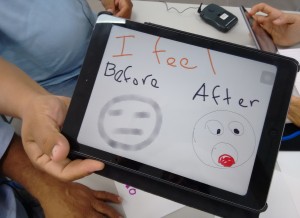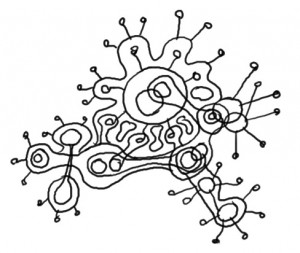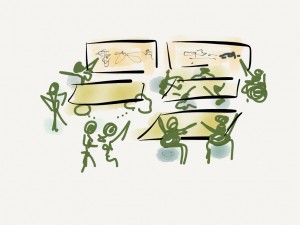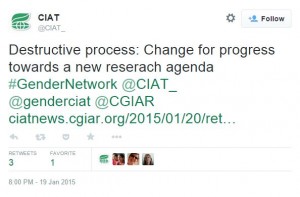Well, this seems to be a fitting follow up to my last blog post.
Amabile: I believe it’s important for leaders to understand the power of ordinary practices. Seemingly ordinary, trivial, mundane, day-by-day things that leaders do and say can have an enormous impact. My guess is that a lot of leaders have very little sense of the impact that they have. That’s particularly true of the negative behaviors. I don’t think that the ineffective team leaders we studied meant to anger or deflate the people who were working for them. They were trying to do a good job of leading their teams, but lacked an effective model for how to behave.
So, I would say sweat the small stuff, not only when you’re dealing with your business strategy, but with the people whom you’re trying to lead. I would encourage leaders, when they’re about to have an interaction with somebody, to ask themselves: Might this thing I’m about to do or say become this person’s “event of the day”? Will it have a positive or a negative effect on their feelings and on their performance today?
Amabile also calls out the rich, internal emotional lives that we all have, and how that influences our working together and collaboration.
One, people have incredibly rich, intense, daily inner work lives; emotions, motivations, and perceptions about their work environment permeate their daily experience at work. Second, these feelings powerfully affect people’s day-to-day performance. And third, those feelings, which are so important for performance, are powerfully influenced by particular daily events.
This again has resonance with last week’s #UdGAgora work where we explored the role of empathy in course design. The red threads are really showing up today. Maybe this will help me start pulling together a full post about The Agora. Alan has already started the “reflective ball” rolling.
Source: The Power of Ordinary Practices — HBS Working Knowledge




 Simone Staiger, of CIAT, wrote about the experience on her
Simone Staiger, of CIAT, wrote about the experience on her